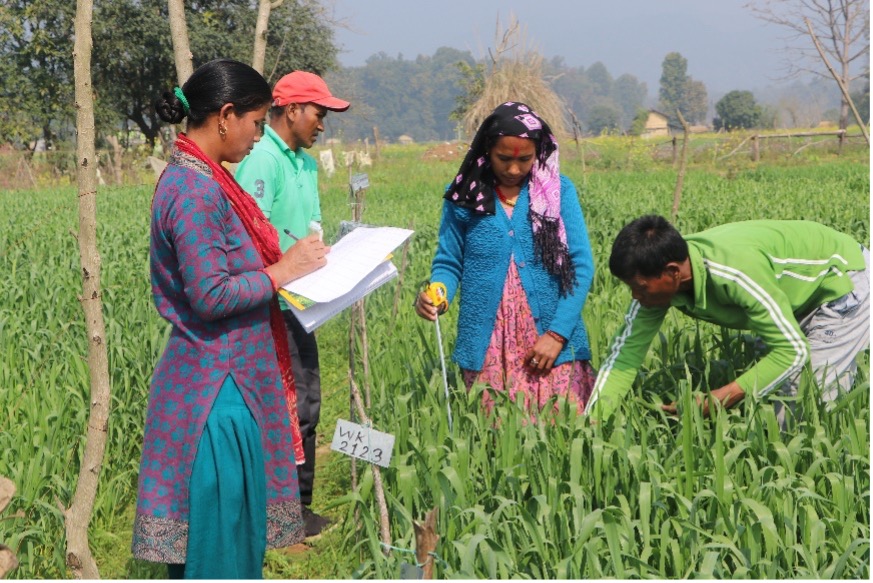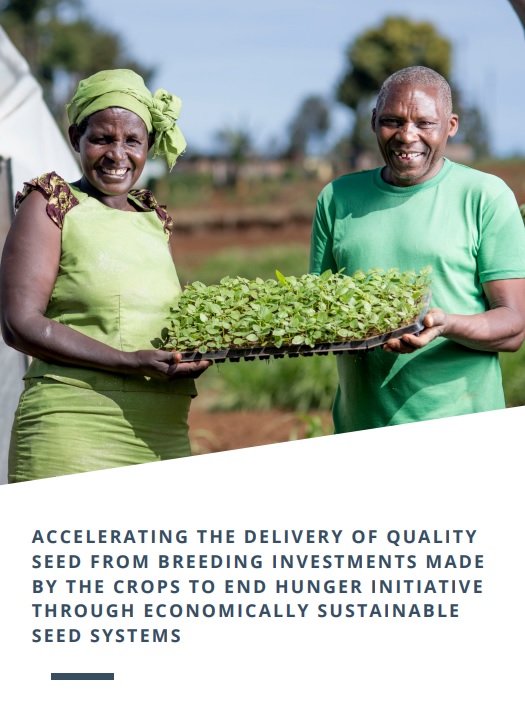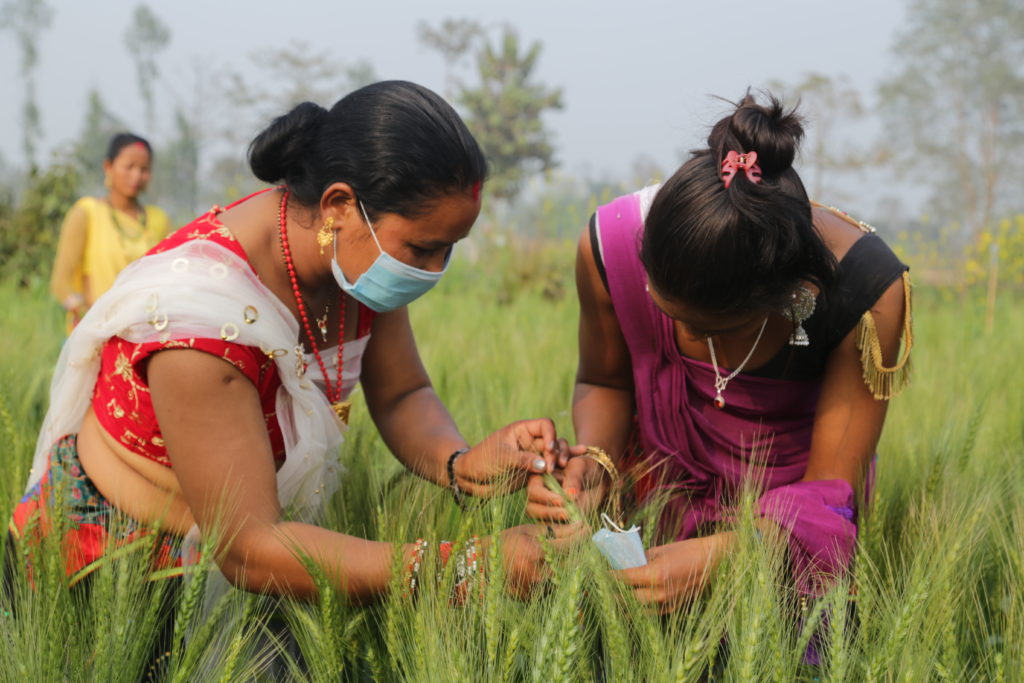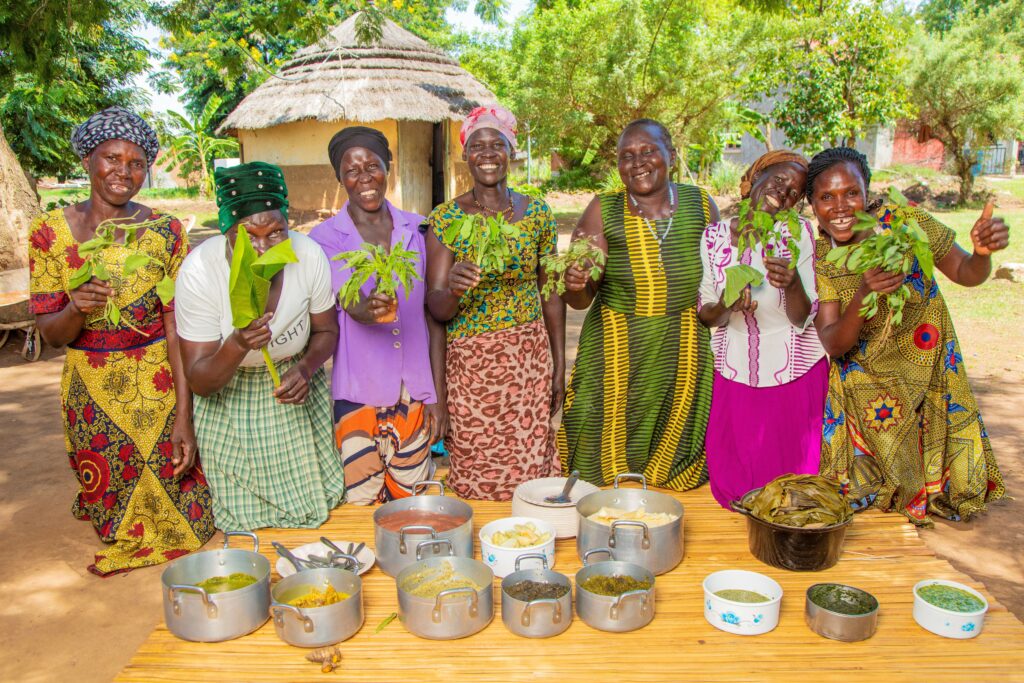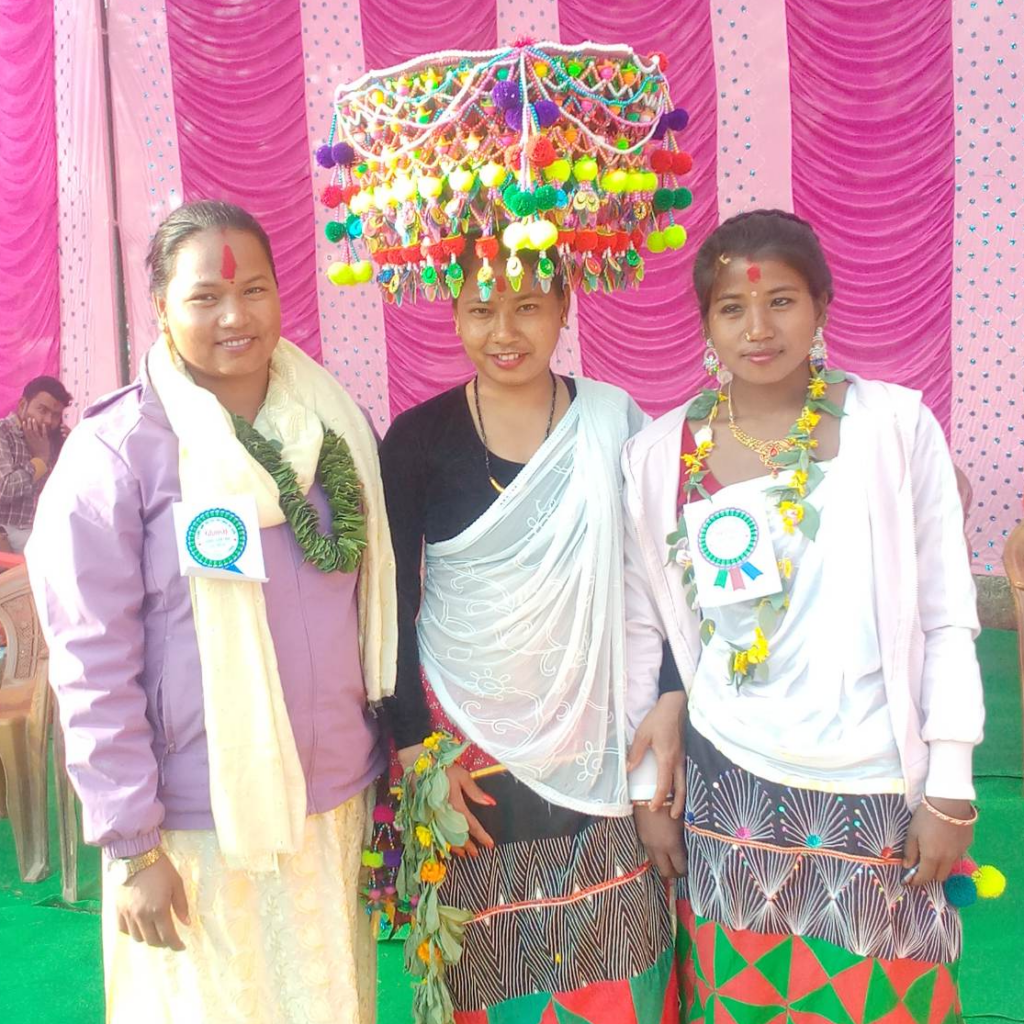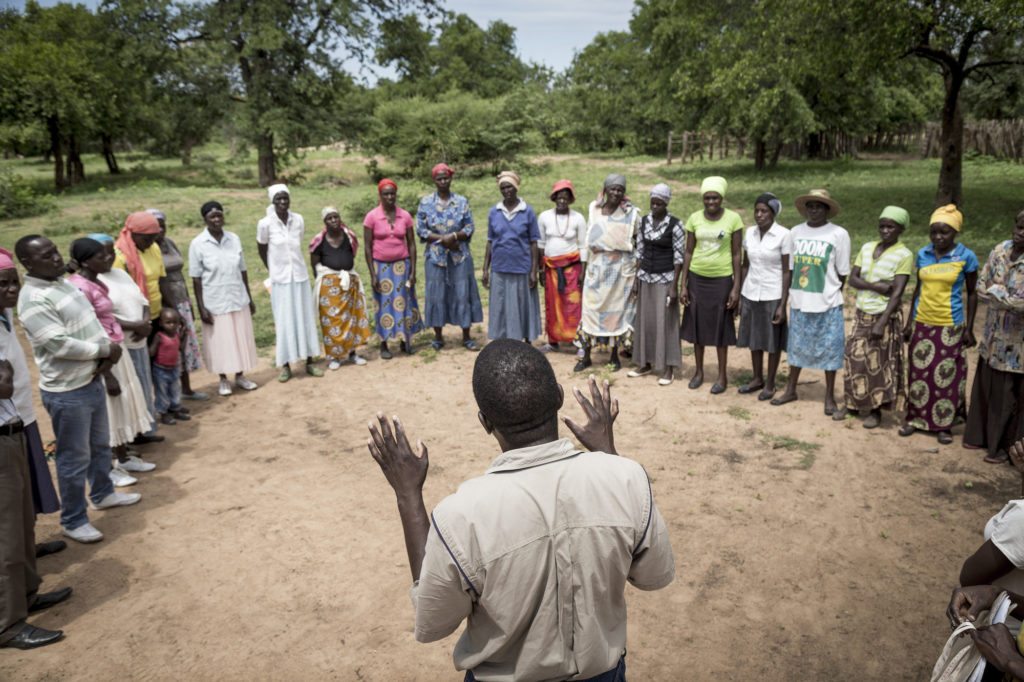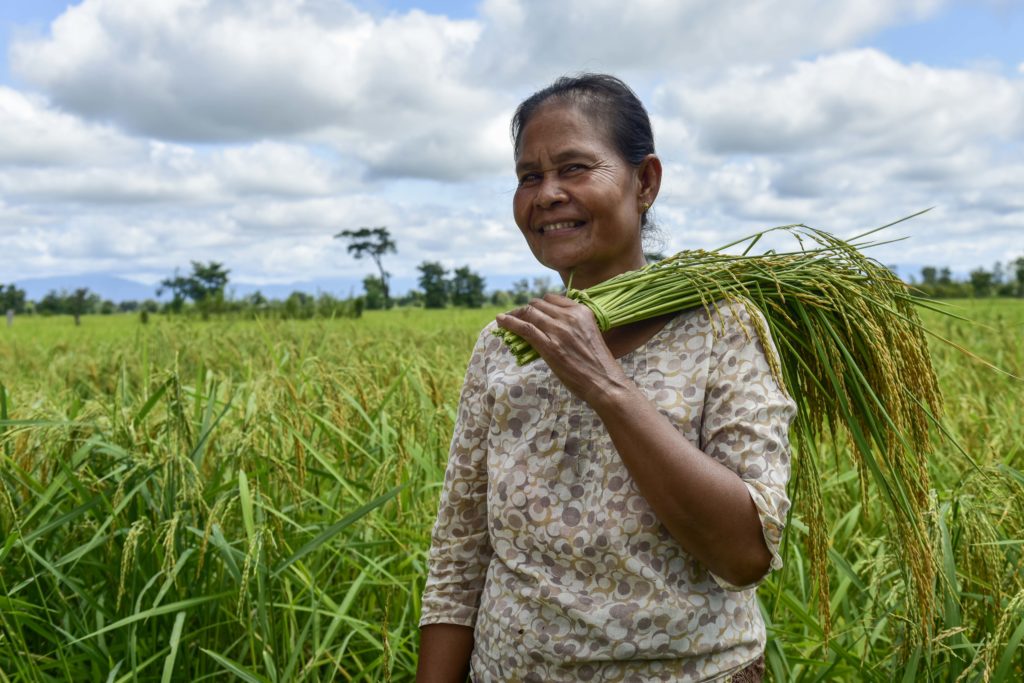Recently the CGIAR’s Crops to End Hunger initiative released a White Paper on Economically Sustainable Seed Systems. Several participants who joined the Global Crop Workshop asked Oxfam Novib to share its views.
The paper, commissioned by AGRA and the Syngenta Foundation is intended to guide future CGIAR investments in seed delivery, but fails consistently to consider the role of farmers in seed system development and crop innovation. It shows little understanding of how seed systems can function to serve smallholder farmers and no scope to build on farmers’ capacities and motivation.
Oxfam Novib’s comments are based on the objectives of Oxfam Novib’s Sowing Diversity=Harvesting Security (SD=HS) program, which in short works to (a) strengthen smallholder farmers’ role in seed systems and the management of plant genetic resources; (b) maintain a higher level of agrobiodiversity for agricultural resilience; and (c) improve farmers’ livelihoods and strengthen local and national governance of seed systems.
Positive points to build on
- The paper’s call to reduce seed regulatory costs and complexity and place greater responsibility and accountability on seed providers (e.g. QDS, streamlining variety registration and release etc.) is most appropriate.
- The stated objective of diversifying the range of public-bred crop varieties available to smallholder farmers is commendable.
- We welcome the paper’s recognition of the need to better understand smallholder farmers’ perspectives and strengthen multi-location evaluation of new genetic materials under farmers’ management conditions. These are some of the prerequisites for genetic innovations that successfully contribute to development goals, as we have experienced through the farmer-participatory varietal selection of our SD=HS program.
- The paper’s mention of the risk of fragmented donor interventions failing to support the development of a sustainable seed supply system is very interesting. Greater attention to approaches that offer more holistic, inclusive and sustainable pathways to seed system development are definitely needed.
Our concerns about the CtEH White Paper and opportunities for addressing them:
The White Paper raises serious concerns about the sustainability of its vision for seed system innovation. Unless more attention is given to approaches where farmers are engaged as full partners, it is doubtful the intended development outcomes can be attained. In the document, farmers are seen as clients to be served by public breeding institutions in efficient partnership with the private sector, rather than as having a strong role in research and diffusion of new cultivars. The paper focuses narrowly on large-scale private sector players in seed development. It overlooks the role for smaller and less formal private sector initiatives, such as farmer seed enterprises and seed production cooperatives, and ignores the fact that smallholder farmers require (access to) varietal diversity to cover the range of traits needed to withstand diverse stresses. We signal the urgent need to include broader reflections on the sustainability of investments in seed systems- in particular the local and/or farmer managed seed systems, going beyond mere commercial feasibility and incorporating considerations of nutritious food, cultural values, agrobiodiversity and climate resilience.
We strongly hope the points raised below will open avenues by which CtEH and other actors can join forces for achieving the transformative seed system innovations required for contributing to development goals for, and with, smallholder farmers.
1. We recommend the CGIAR to add operational guidelines on farmers’ roles and involvement across the entire spectrum of plant breeding programs and other seed activities.
2. The vision for seed system innovation must go beyond simply drawing on best practices from private for-profit seed companies, centrally directed seed delivery, and eliminating varieties that may not prevail in a narrowly defined marketplace. The private seed sector development promoted in this paper is biased against small and less professional (formal) private sector initiatives. The paper’s recommendations do not appear to reflect an understanding of how seed systems can function to serve smallholder farmers, or the scope to build on farmers’ capacities and motivation. As the paper aims to guide future investment in seed delivery, we are concerned that other sources of new cultivars and local distribution channels will remain unrecognized and under-resourced. Multiple, truly demand-driven, models and pathways need to be pursued to be both responsive to smallholder farmers and sustainable – socio-economically as well as environmentally. Exploring alternatives for improving smallholder farmers’ access to seed, e.g. financing options, alternative seed dissemination actors and pathways, would be most useful.
3. The paper’s recommendation that the One CG develop a centralized system for germplasm licensing and revenue management between the CG centers and national breeding programs implies that seed revenues will be derived from smallholder farmers – but farmers and farmer groups will be excluded from involvement in creating new varieties and generating income from them. It will not be tenable for emerging collaborative networks in which organized farmer groups engage with researchers and development actors to create new varieties and disseminate their seed. Recognizing and building on such networks offers a promising alternative. This approach would bring advantages such as addressing different needs of diverse smallholder farmers within and between diverse socio- and agroecological conditions, reaching scale while maintaining low transaction costs, income generation for smallholder farmers, and opportunities for gender responsiveness.
4. The White Paper does not provide any impact pathways for how contributions will be made to smallholder farmer nutrition and food security, gender equality, biodiversity or climate adaptation and resilience. Furthermore, it promotes roles and responsibilities only for CG, NARES, SMEs and commercial seed companies, putting decision-making responsibilities in the hands of fewer people who are more distant from seed users. This does not reflect a vision of supporting the creation of more diversified genetic options for smallholder farmers who are looking to optimize resilience and minimize risks to their income and nutrition security from rapidly changing climatic and environmental conditions. Possibilities for both “bringing farmers to the table” and strengthening contributions to development goals include:
- Documenting and strengthening partnerships that create and disseminate more diversified genetic options that complement smallholder farmers’ varietal portfolios as a powerful way to help these farmers optimize their resilience and minimize risks to their income and nutritional security in the face of rapidly changing conditions.
- Involving organized farmer groups across the various breeding and seed activities, joining their expertise and resources with those of others, to accelerate gains for agreed objectives/goals while empowering all those involved.
- Strengthening focus and research on metrics that relate to benefits for smallholder farmers and, or contributions to development outcomes.
- Conduct product profiling in a way that captures the real need of farmers. Now, product profiles are mainly informed by ‘market research’ (Product Life Cycles, Stage 1). The section on bottlenecks and interventions does not identify the lack of farmers’ perspectives to inform breeding objectives. Under ‘Product Profiles that Drive Market Development’, the paper identifies information gaps from agro-traders and processors, but not farmers.
- Identifying crop variety product profiles is one appropriate step to increase impact from breeding, but simply extracting information from farmers at the beginning or end of the breeding cycle misses opportunities for scale, cost-effectiveness and impact. Researchers’ collaboration with farmer groups and partners across breeding and seed activities would be transformational – increasing genetic gains by joining expertise and resources of researchers and farmers; accelerating seed dissemination by building on culturally acceptable, highly accountable and cost-effective pathways; and ensuring that seed innovations are driven by smallholder farmer demand.

